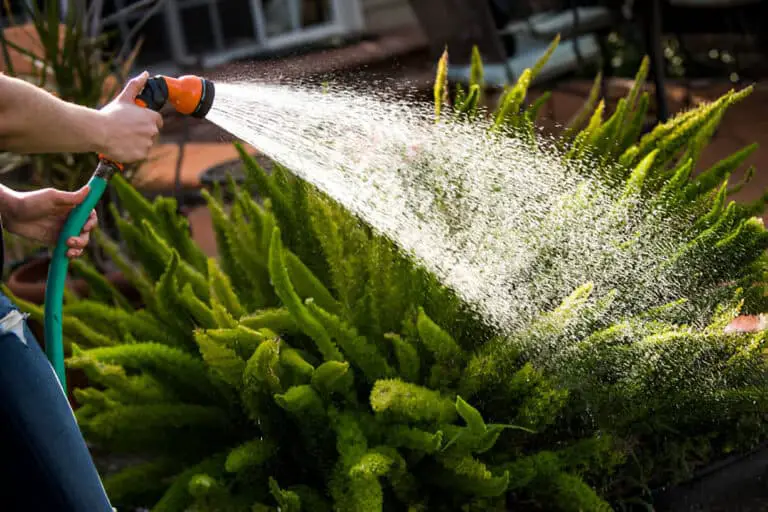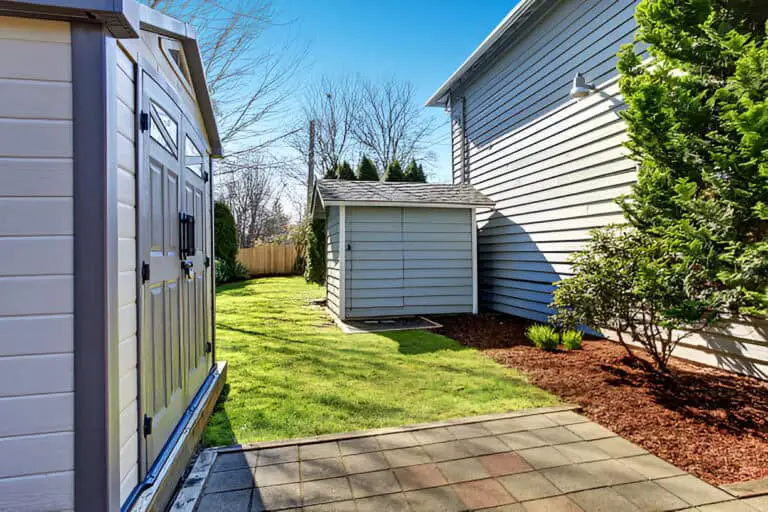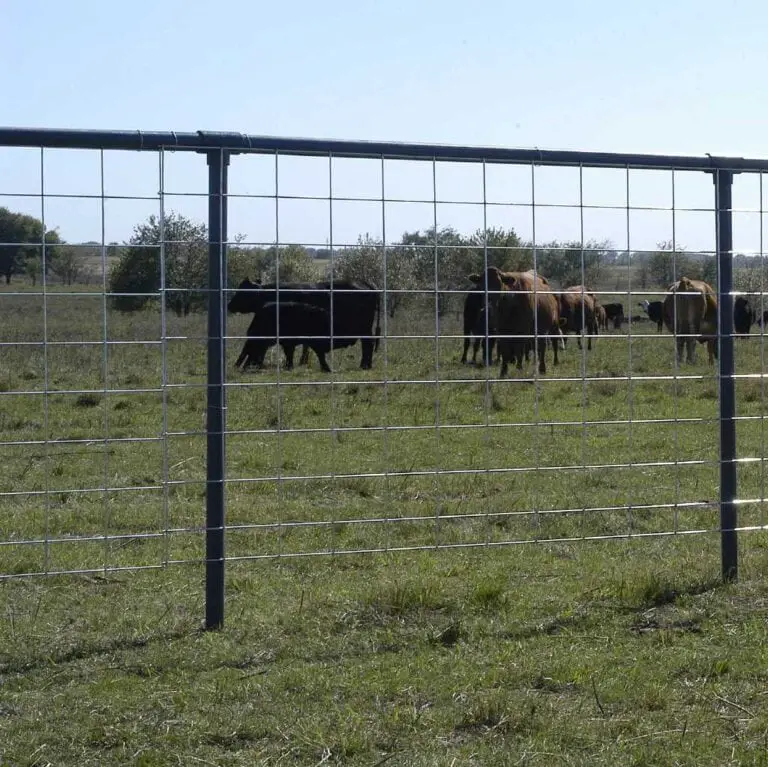Hoe vs. Garden Rake: What’s the Difference and Uses?
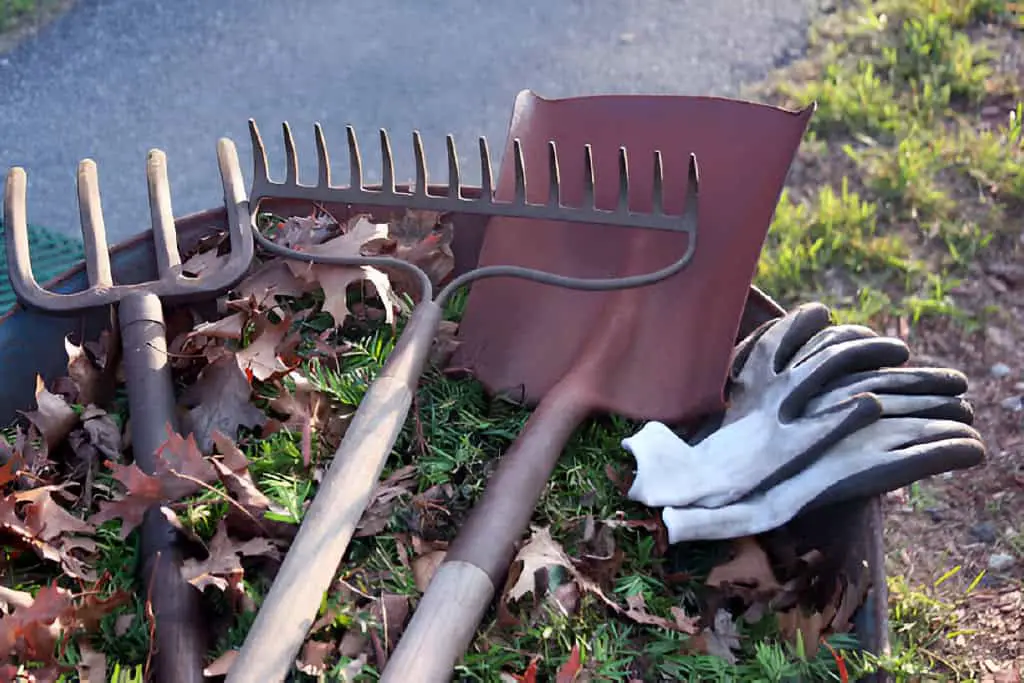
Gardening is an age-old practice that requires the right tools to be effective. Two essential tools in any gardener’s arsenal are the hoe and the garden rake.
Have you ever wondered about the differences between a hoe and a garden rake? Both tools are essential for gardening. But, they serve different purposes and have unique features. These features make them ideal for specific tasks.
In this article, we’ll explore the distinct characteristics of hoes and garden rakes, as well as their various uses in the garden. By understanding the differences between these two tools, you can choose the right one for your gardening needs. This choice will ensure that your garden thrives. Whether you’re a seasoned gardener or just starting out, this guide will provide useful insights. It will teach you about the world of gardening tools.
Understanding the Hoe
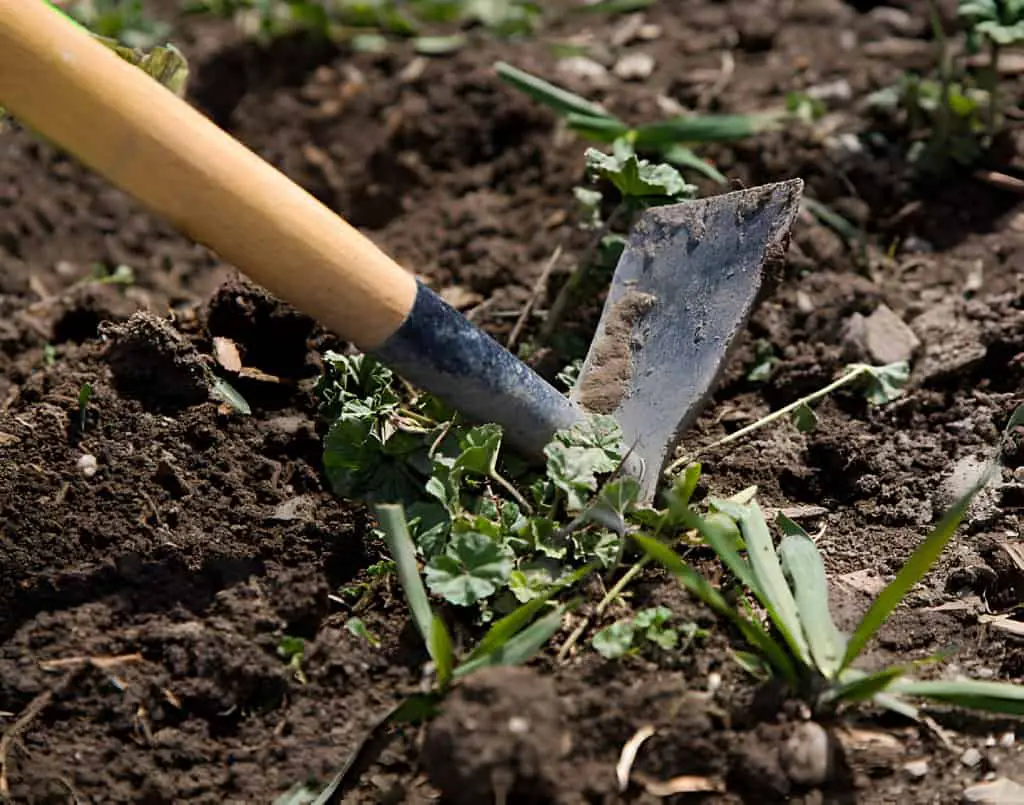
A hoe is one of the oldest and most versatile tools used in gardening and agriculture. It consists of a long handle attached to a flat, wide blade at an angle. Hoes come in various shapes and sizes, each suited to particular tasks.
Types of Hoes
- Draw Hoe: This is the most common type, with a rectangular blade used for weeding and shaping soil. The blade is perpendicular to the handle.
- Stirrup Hoe: The Stirrup Hoe is also known as a scuffle hoe. It has an open, looped blade that moves back and forth. This makes it good for weeding without disturbing the soil too much.
- Dutch Hoe: It has a flat, sharp blade that is pushed forward just below the soil surface, cutting weeds from their roots.
Uses of a Hoe
Hoes are primarily used for:
- Weeding: The sharp blade cuts through weed roots, preventing them from regrowing.
- Soil Preparation: Hoes are excellent for breaking up hard soil and creating a fine tilth.
- Planting: They can be used to create furrows or trenches for planting seeds or bulbs.
- Cultivating: Stirring the soil around plants to aerate and mix in nutrients.
Advantages of Using a Hoe
- Efficiency: A hoe allows you to cover large areas quickly.
- Versatility: Different types of hoes can handle various tasks, from weeding to soil preparation.
- Ease of Use: With a long handle, it reduces the need to bend over, minimizing back strain.
Understanding the Garden Rake
A garden rake, often called a soil or leaf rake, is designed to move and level soil, gravel, or leaves. It has a long handle with a head made of metal or plastic tines.
Types of Garden Rakes
- Leaf Rake: The leaf rake is usually made of plastic or light metal. It has a fan-shaped head with flexible tines. They are designed to gather leaves and other light debris.
- Bow Rake: Also known as a soil rake, it has shorter, sturdier tines set on a straight head, ideal for moving and leveling soil or gravel.
Uses of a Garden Rake
Garden rakes are used for:
- Soil Leveling: Bow rakes are perfect for spreading soil, spreading compost, or mulch evenly across garden beds.
- Debris Removal: Leaf rakes gather fallen leaves and other lightweight debris. They also pick up grass clippings. They do all this without damaging the lawn.
- Grading: Rakes help in grading and creating a smooth surface for planting.
- Aerating: Lightly raking the soil surface can help aerate it, improving water and nutrient absorption.
Advantages of Using a Garden Rake
- Precision: Rakes allow for precise movement and leveling of soil.
- Versatility: Different types of rakes can handle various gardening tasks.
- Ease of Cleanup: Rakes efficiently gather leaves and debris, making cleanup faster.
Comparing the Hoe and the Garden Rake
Design and Structure
| Feature | Hoe | Garden Rake |
| Handle | Long handle, typically wooden or fiberglass | Long handle, typically wooden or metal |
| Head | Flat, wide blade angled from the handle | Metal or plastic tines attached to a horizontal bar |
| Types | Draw Hoe, Stirrup Hoe, and Dutch Hoe | Leaf Rake, Bow Rake |
Functionality
| Task | Hoe Uses | Garden Rake Uses |
| Weeding | Cutting through roots, removing weeds | Light surface weeding |
| Soil Prep | Breaking up soil, creating furrows | Leveling soil, spreading compost |
| Planting | Creating planting rows | Smoothing seedbeds |
| Cleanup | Not typically used for debris | Gathering leaves and debris |
Choosing the Right Tool for the Job
When to Use a Hoe
- Heavy Weeding: For deep-rooted or dense weeds, a hoe is ideal for cutting through tough roots.
- Soil Breaking: When preparing new garden beds or breaking up compacted soil, a hoe’s blade is effective.
- Creating Furrows: Use a hoe to make straight rows for planting seeds or bulbs.
When to Use a Garden Rake
- Leveling Soil: After tilling or adding compost, a garden rake smooths and levels the soil.
- Gathering Debris: For collecting leaves, grass clippings, or garden waste, a leaf rake is essential.
- Preparing Seedbeds: A bow rake is excellent for final soil preparation, ensuring a smooth, even surface.
Maintenance Tips for Hoes and Garden Rakes
To ensure the longevity and effectiveness of your tools, proper maintenance is key.
Hoe Maintenance
- Cleaning: After each use, clean the blade to remove soil and plant debris. Use a wire brush for stubborn dirt.
- Sharpening: Regularly sharpen the blade using a file or whetstone to keep it effective for cutting.
- Storage: Store in a dry place to prevent rust. Hanging the hoe keeps the blade off the ground.
Garden Rake Maintenance
- Cleaning: Rinse off soil and debris after each use. For metal tines, use a wire brush to remove rust.
- Straightening Tines: Check for bent tines and straighten them to maintain the rake’s effectiveness.
- Storage: Store rakes with the tines up to avoid bending. Keep in a dry area to prevent rust.
Alternative to Hoe and Garden Rake
If you’re looking for alternatives to the hoe and garden rake, consider tools. They can offer similar or even better functionality.
A cultivator, for instance, can be a great alternative. Handheld or powered, cultivators are designed to loosen soil, remove weeds, and aerate your garden beds. They come in various sizes and styles, making them suitable for both small and large gardens. Their tines can reach deeper into the soil compared to a rake, ensuring better soil preparation.
Another option is the garden fork. With its sturdy tines, a garden fork can break up compacted soil, turn over garden beds, and remove weeds effectively. It’s especially useful for dealing with rocky or clay-heavy soils where a hoe might struggle. The garden fork is versatile. It’s a must-have tool for any serious gardener. They want to maintain a healthy and productive garden.
Another alternative to the garden rake is the bow rake. This rake has sturdy tines that are ideal for leveling soil, spreading mulch, and removing debris. It can also be used to break up compacted soil and mix in amendments. Additionally, the bow rake’s curved shape makes it easier to maneuver in tight spaces compared to a traditional garden rake.
For those seeking a more ergonomic option, consider using a garden claw. This tool is designed to be twisted into the soil, making it easier to break up clumps and mix in compost or fertilizer without straining your back. The garden claw’s design allows for efficient soil aeration and weed removal. It is a great alternative to the hoe and garden rake.
Conclusion
Knowing the differences between hoes and garden rakes can greatly improve your gardening. It makes you more efficient and successful. A hoe is vital for weeding, soil prep, and planting. But, a garden rake is great for leveling soil, removing debris, and prepping seedbeds. By choosing the right tool for each task and maintaining them properly, you can ensure a well-maintained, productive garden. Happy gardening!



